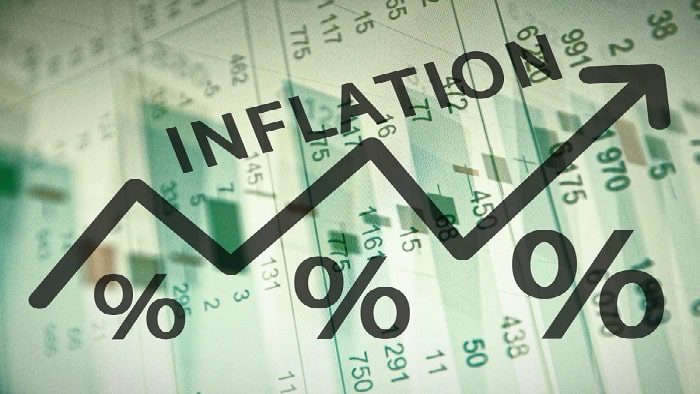As per a widely followed study, the amount of debt floating around the global economy fell for the first time in dollar terms since 2015, owing to the post-pandemic comeback in global growth and inflation last year.
According to research released on February 22, 2023, by the Institute of International Finance, the nominal value of global debt fell by $4 trillion, bringing it back under the $300 trillion mark surpassed in 2021.
With borrowing prices rising, particularly for emerging areas, the retrenchment was entirely driven by richer countries. They saw overall debt fall by almost $6 trillion to almost $200 trillion as a group. The amount of debt owed by developing nations reached a new all-time high of $98 trillion, with the highest individual increases occurring in Russia, Singapore, India, Mexico, and Vietnam.
The ratio of global debt to GDP decreased by 12 percentage points to 338% of GDP, the second consecutive annual decline. This is due to stronger economic activity and higher inflation, both of which erode debt levels.
The improvement in the debt ratio was driven by developed markets, which saw a 20 percentage point fall to 390%. The emerging market debt ratio rose by 2 percentage points to 250% of GDP, driven largely by China and Singapore. The IIF, a global banking trade group, estimated that the emerging market government debt-to-GDP ratio will climb to almost 65% of GDP in 2022 from just under 64%.
According to the IIF, several developing countries’ external public debt loads increased as a result of severe local currency declines in 2022 against the US dollar. This added that it had pushed international investor demand for local currency EM debt to multi-year lows, with no sign of imminent recovery.
The rise in developed market debt since the global financial catastrophe fifteen years ago has been nothing short of explosive, according to a major international investment bank, notwithstanding last year’s modest declines in developed market debt. A major international investment bank calculated that the debt of the public sector in developed countries, as a share of GDP, has increased to 122% from 73% just before the crash. In 13 of the 21 major economies, this increase is by over 30 percentage points of GDP, and in nine of them, the increase is by over 45 percentage points.
The nearly 50 percentage-point jump is remarkable because the debt had risen by just 40 percentage points in the 40 years before the financial crisis. Several shocks also occurred during this time, including stagflation in the 1970s and an increase in government spending in the 1980s. The significant increase in debt over just 15 years raises questions about sustainability, analysts from a leading global investment bank said. They cited the financial market volatility that had already occurred in the UK after the short-lived Liz Truss administration launched unfunded tax cut proposals.
A debt sustainability framework estimates that developed markets would have to increase their primary balance, or net lending excluding interest, from its current level of around -3.4% of GDP by an average of 3.8% points in order to prevent debt from growing.
For debt stability to be achieved in the United States, a 4.4% increase in policy is necessary. However, in Japan, which has the highest debt levels among major economies, the increase would have to be 9% points.






















